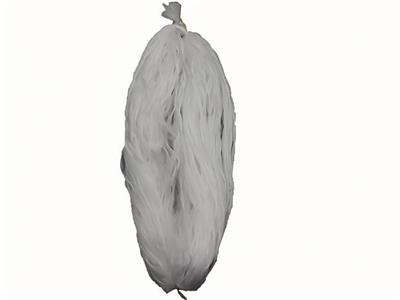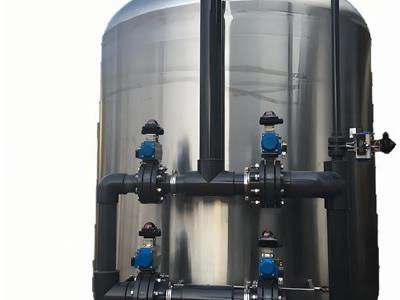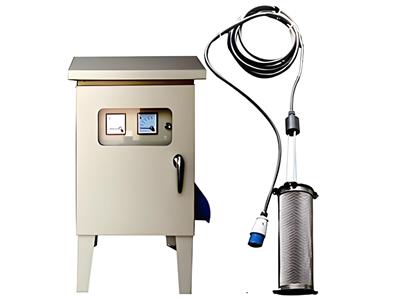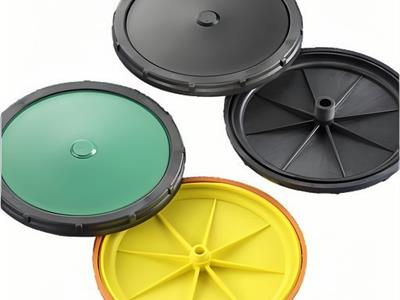- 2025-07-14
Electrodeionization
EDI Systems in Water Treatment
Electrodeionization works by using a functional electric current to remove ionized species from water while regenerating the ion exchange media. EDI water treatment systems are typically used after a reverse osmosis system or a double-pass reverse osmosis system.
EDI water treatment helps ensure that all parts of the system work perfectly together, resulting in an extremely pure solution that meets all your needs.
Features of Electrodeionization (EDI) Systems:
Reduce Chemical Use
Lower Capital Costs
Compact Design (Space Saving)
Environmentally Friendly
Minimal Maintenance
Extremely Consistent Operation
No Chemical Regeneration Required
Small, Compact Modules
Water Production Up to 18 Megohm-cm
FupengWater, as a global supplier, has over 20 years of experience in producing electrodeionization systems for higher purity water and provides cutting-edge water treatment solutions for a wide range of industries. Our EDI systems are popular in the market for their reliability, quality, and the absence of chemical regeneration.
EDI systems utilize electroactive media and an electrical potential (DC power) to affect ion transport, thereby removing ionized and ionizable species from water. With this type of purification technology, there is no need to use alkaline and acid chemicals. The quality of water treated by RO-EDI often exceeds the customer's high purity standards.
Electrodeionization system is a continuous electrochemical water deionization process in which ion-specific membranes, mixed bed resins and a DC voltage across them replace the standard hazardous acid-base chemical regeneration process.
In the latest EDI technology, the module must be pre-treated with RO for a variety of reasons. So, what are the advantages and disadvantages of softening, single-pass and double-pass RO as pretreatment methods?
In the field of water treatment, many EDI water systems using FupengWater EDI technology perform well in single-pass reverse osmosis (RO) systems. Single-pass reverse osmosis (RO) systems can easily achieve resistances above 17 megohms. Most USP water for injection (WFI) and purified water systems can easily meet the requirements of single-pass reverse osmosis (RO) systems. As a basic knowledge in the water treatment industry, it is more economical and simpler to use a single-pass reverse osmosis (RO) system for softening than a double-pass reverse osmosis (RO) system.
Double pass RO followed by EDI has the following advantages and is often used in power plants or pharmaceutical applications.
Lower conductivity = higher EDI quality
Lower CO2 = higher silica removal
ppb-level contaminants mean less frequent EDI cleaning
Higher EDI flow ratings
Single pass RO systems can be enhanced with membrane degassers to improve EDI performance. Membrane degassers can reduce CO2, which improves EDI performance, reduces scaling risk, and helps EDI equipment remove silica.
In summary, there are many options for EDI water systems:
Softener, RO, EDI module
Softener, RO, membrane degasser, EDI module
RO, caustic dosing, RO, EDI module
It is difficult to meet the influent specifications for EDI water treatment plants without pH adjustment and/or membrane degassers. Reducing CO2 concentrations before the electrodeionization system can reduce loads (lower current) and improve product quality. FupengWater has installed membrane degassers on many EDI units for CO2 removal/reduction. Membrane degassers replace the traditional forced air degasser (tower) design. It is more economical, more compact, and reduces installation time.
What is electrodeionization?
Electrodeionization is a green solution that uses electroactive media to remove ions from water without the use of chemicals. The process combines ion exchange water filters with an electric potential (direct current) to produce ultrapure water. The electric potential can regenerate the resin at a lower cost because it only requires electricity, while traditional ion exchange water treatment systems require large vessels, acid/base injection systems, etc. EDI water treatment can also be used to clean RO permeate.
How does electrodeionization work?
Electrodeionization is designed to refine permeate that has already passed through a water treatment system (such as reverse osmosis). The system has low energy consumption and does not require the use of expensive and unsafe chemicals used in traditional ion exchange water filters. These factors significantly reduce operating expenses and help water treatment companies meet their environmental protection targets.
Is it difficult to remove CO2 with an EDI system?
Unlike RO systems, EDI water treatment is able to remove the CO2 concentration in the incoming water. This is critical because CO2 is ionized in water and its concentration cannot be measured by conductivity. In addition, since RO systems cannot remove CO2 on their own, they rely heavily on EDI water treatment systems.






